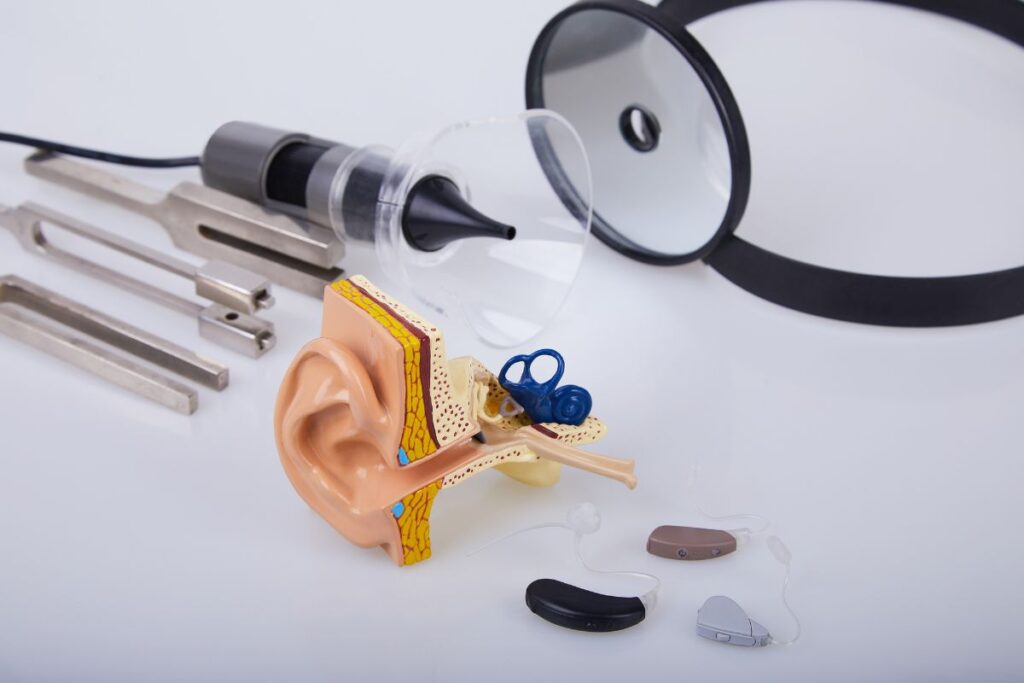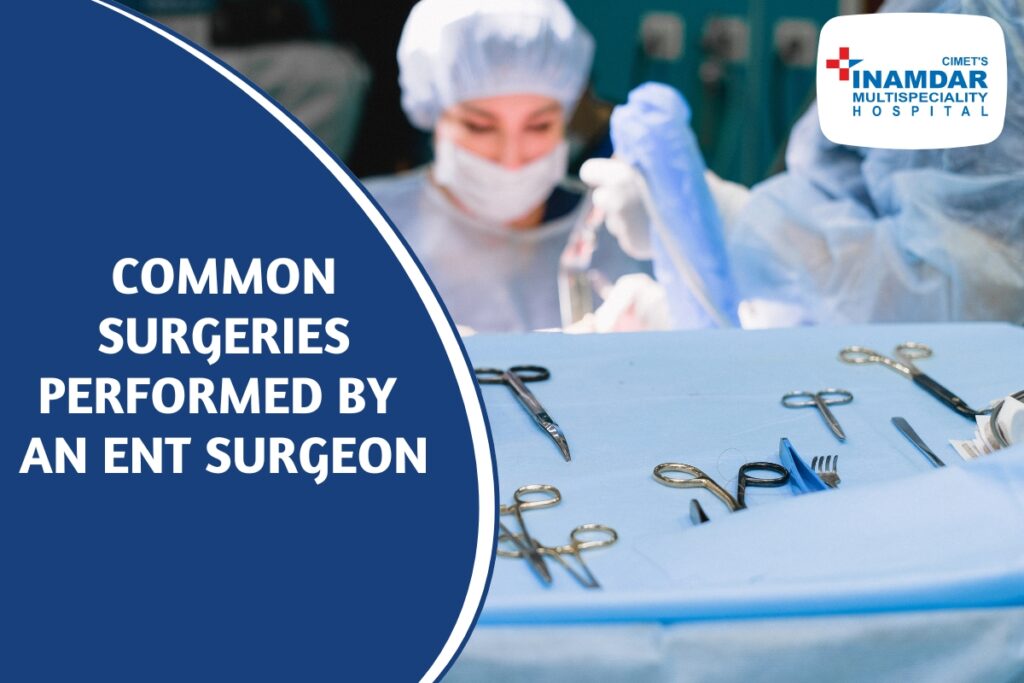What are the 4 ENT infections?
Ear, Nose, and Throat (ENT) infections can be a source of discomfort and concern for many. Understanding these common ailments is crucial for timely treatment and management. In this comprehensive guide, we delve into the four most prevalent ENT infections, their causes, symptoms, treatments, and preventive measures. 1. Otitis Media Otitis Media is one of the most frequent childhood infections, but it can affect individuals of any age. This infection occurs when the middle ear becomes inflamed, often due to a viral or bacterial infection. Symptoms may include ear pain, drainage from the ear, fever, and hearing difficulties. Prompt treatment is necessary to prevent complications such as hearing loss or chronic ear infections. Treatment typically involves antibiotics, pain management, and sometimes, ear tube placement. 2. Sinusitis Sinusitis, also known as a sinus infection, occurs when the sinuses become inflamed or swollen. This condition can be acute or chronic and is often caused by viruses, bacteria, or fungi. Symptoms include facial pain, headache, nasal congestion, and thick nasal discharge. Treatment may involve decongestants, saline nasal sprays, antibiotics (for bacterial sinusitis), or in severe cases, surgery to improve sinus drainage. 3. Tonsillitis Tonsillitis is the inflammation of the tonsils, which are located at the back of the throat. It is commonly caused by viral or bacterial infections. Symptoms include sore throat, difficulty swallowing, swollen tonsils, fever, and tender lymph nodes. Treatment depends on the underlying cause and may involve antibiotics (for bacterial tonsillitis), pain relievers, fluids, and rest. In some cases, particularly if tonsillitis recurs frequently, surgical removal of the tonsils (tonsillectomy) may be recommended. 4. Laryngitis Laryngitis is the inflammation of the voice box (larynx), often resulting in hoarseness or loss of voice. It can be acute or chronic and is commonly caused by viral infections, overuse of the voice, or irritants like smoke or pollutants. Symptoms may also include a dry or sore throat and coughing. Treatment involves voice rest, hydration, humidified air, and sometimes, corticosteroids to reduce inflammation. Prevention is Key While these ENT infections can be bothersome, several preventive measures can help reduce the risk: Practice good hygiene: Wash hands frequently, especially during cold and flu seasons, to prevent the spread of germs. Stay up-to-date on vaccinations: Vaccines can protect against certain infections like influenza and pneumococcus, which can lead to ENT infections. Avoid smoking and exposure to secondhand smoke: Smoking irritates the throat and can increase susceptibility to infections. Stay hydrated: Drinking plenty of fluids helps keep mucous membranes moist and reduces the risk of infections. Avoid sharing utensils or personal items: This helps prevent the spread of bacteria and viruses that cause infections. When to Seek Medical Attention While many ENT infections can be managed at home, it’s essential to seek medical attention if symptoms worsen or persist. Signs that you should see a doctor include: High fever Severe pain Difficulty breathing or swallowing Persistent symptoms despite home treatment At Inamdar Hospital, we understand the importance of addressing ENT concerns with the utmost care and expertise. Our hospital is proud to have a dedicated team of ENT surgeons who are highly skilled and experienced in diagnosing and treating a wide range of ear, nose, and throat conditions. Whether you are dealing with chronic sinusitis, recurrent ear infections, or any other ENT issue, our specialists are here to provide personalized care to ensure your optimal health and well-being.
What are the 4 ENT infections? Read More »

